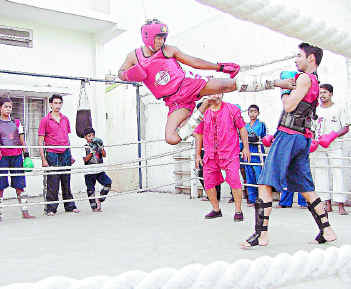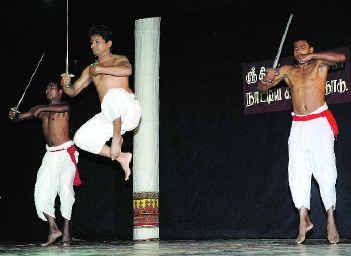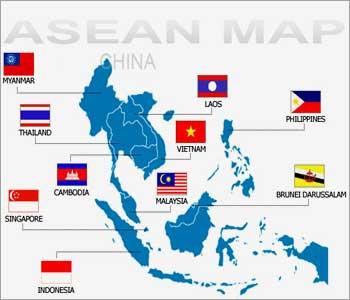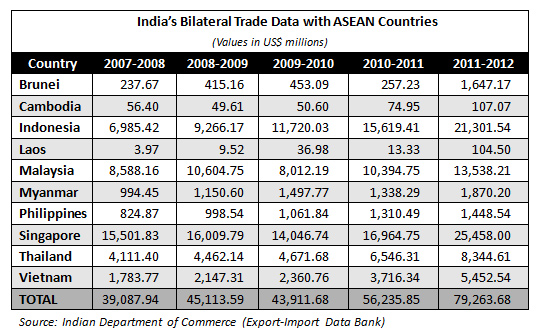The 2014 "Nuclear materials security Index" prepared by Washington based Nuclear Threat Initiative(NTI) has ranked India 23 out of 25 countries with weapons-usable nuclear material......It has rightly pointed out the absence of independant nuclear regulatory authority in India to ensure safety and security in India’s civilian nuclear sector. India should take this seriously given the long standing desire to integrate itself in global nuclear regime and be member of international groups like NSG.
Who presently looks after this than ?
Presently AERB is tasked with regulating the safety and security, but it not an autonomous body and depends on DAE for all practical purposes.
.jpg) |
CAG report of 2012 and PAC report of 2013 too emphasized the need for truly autonomous body.
( Precisely what happens is that there is a cosy relationship which exists between the AERB and the DAE, which is responsible for managing nuclear energy in India. The CAG noted that “the AERB chairman … works in a capacity similar to any head of department in [the] DAE.” So, the AERB, which reports to the Atomic Energy Commission that is chaired by the secretary of the DAE, is effectively charged with regulating its own boss. Moreover, some of the most hazardous facilities operated by the DAE — reprocessing plants — do not even come under the AERB. )
Necessity of setting of NSRA:
• Absence of an independent regulatory mechanism in India for ensuring a safety and security measures for civilian nuclear facilities.
• Currently Atomic Energy Regulatory Board (AERB) does the regulatory mechanism regarding the safety and security measures of civil nuclear facilities. But it is not an independent body and is under Department of Atomic energy. So, AERB is not able to deliver its duties properly.
• Some dreadful incidents in recent past such as Mayapuri case in Delhi and Fukushima case of Japan triggered the need of an strong and independent regulatory body.
Proposed structure :
• The Council of NSRA consists of PM as the chair and its ministers as members of the council responsible for appointing the chairperson and other members of the authority
• The NSRA Bill doesn’t clearly says that which facilities should be under its authority as the Bill says that the Central Government on the name of defence and security, exempt any radioactive material, nuclear material etc and the premises where these materials are found or the areas associated from the jurisdiction of the authority.
• NSRA is excluded from the purview of RTI Act.
• NSRA will submit its annual report to the parliament.
Functions:
The NSRA aims to take measures to ensure that use of Nuclear Material is safe for workers, public and environment.
• It implements guidelines and policies for nuclear safety
• Provide grants of approvals for exploring, mining and use of nuclear material
• Advises government in case of any disaster caused by Nuclear material
Key Issues and Analysis
- The Council (search committeee) includes the Chairman of the Atomic Energy Commission, who also heads the department that controls nuclear plants. This may lead to a conflict of interest.
- The Chairperson of the NSRA will be on the search committee for other members. This may affect the independence of other members.
- The Bill allows the central government to regulate certain nuclear facilities on its own. Such facilities would not be under any other independent regulatory authority.
- The Bill permits the central government to establish other regulatory bodies for regulating exempted facilities or activities. The extent of Parliamentary oversight over these bodies is not clear.
- Members of the NSRA may be removed without a judicial inquiry. The process differs from the procedure under other legislations.
- The NSRA’s orders can be appealed before an Appellate Authority, which is not a standing body. It is not clear how an appeal may be filed if the Appellate Authority is not constituted.
- The penalty for all offences under the Bill is the same. It is unclear whether the gravity of these offences is the same in all cases.
BUT as v have the new government at the centre ....v might expect these issues will be taken under consideration before placing the bill before the PARLIAMENT !!!
MORAL of the STORY
---- It’s better to be safe than sorry
*******************************************************************************************************************************
Miscellaneous

 |























